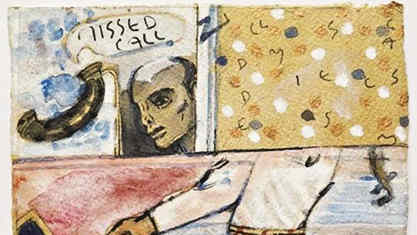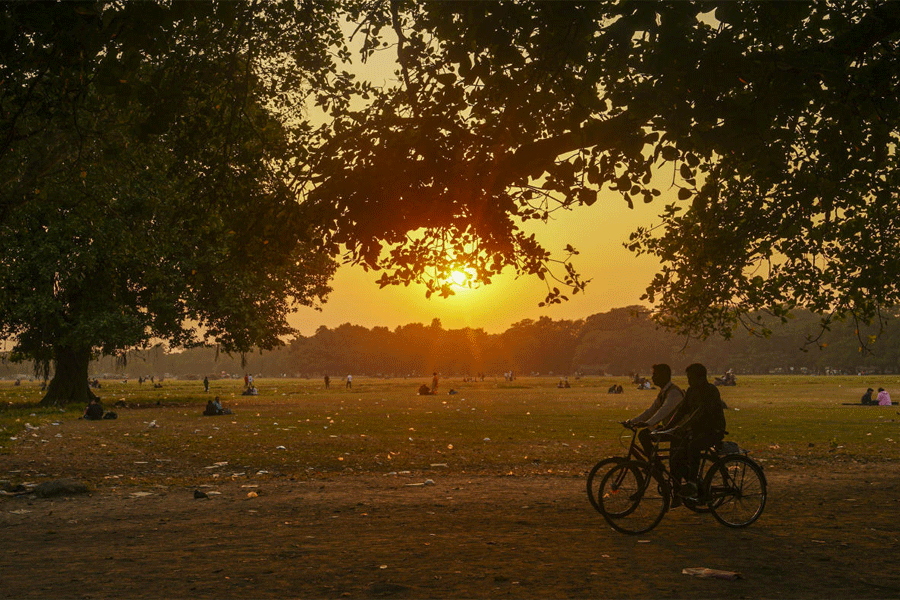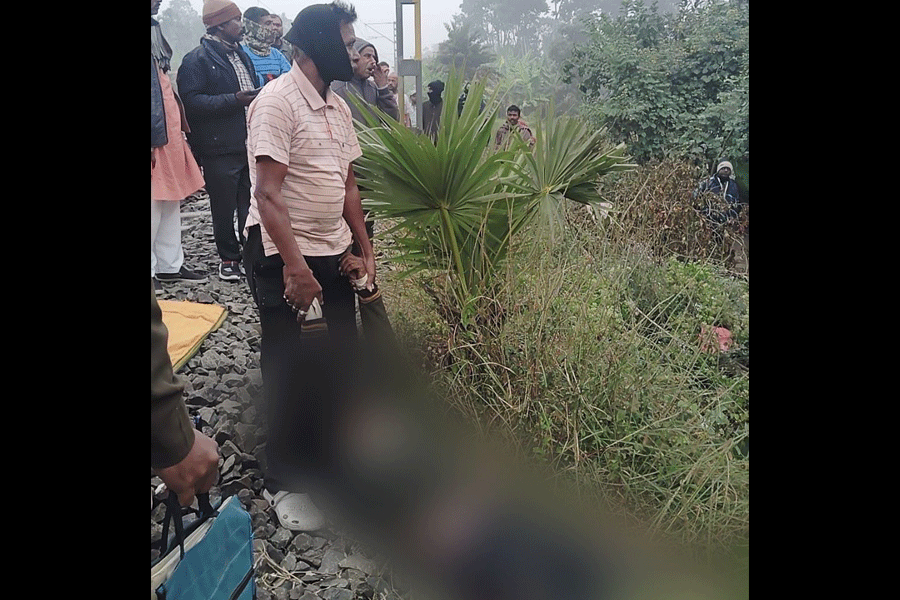Quite in keeping with the title of C. Douglas’s online exhibition, In Search of Fragments (May 18-July 20), presented by Akar Prakar, the 1951-born artist’s images are an assemblage of disparate elements from skulls, mannequins, receivers of telephone sets, caterpillars and butterflies to mirrors and birds in sombre shades, mostly grey. They supposedly present complex psychological states of mind of the artist, who is widely read, the German and French philosophers of our times and the past as well as poets like T.S. Eliot being among his favourites.
Douglas may have strong associations with the Madras movement, and for years he stayed and worked in Cholamandal artists’ village, but as a practitioner he broke away from the vernacular ideology nurtured by the movement and chose to explore the crises of modern existence. His images are said to be highly textured, as in his mixed media works he uses diverse material besides pigment. But this quality is difficult to discern in virtual images.
Douglas was born in Kerala but was trained at what was known in 1970 as the Government College of Arts & Crafts in Madras. At Cholamandal, he came under the spell of the pioneering artist, K.P.S. Paniker, and the schizophrenic artist, K. Ramanujam, who later committed suicide. During his sojourn in West Germany, he discovered artists such as Clemente and Anselm Kiefer.
Douglas is, by all accounts, an erudite person who is well informed about art history. However, when it comes to image-making he seems to lack the exhilarating quality that would fire the imagination of a viewer. The surface of the canvas or paper on which he works is cluttered with such an avalanche of odds and ends that it is impossible to establish any connection between them. If the various elements are disjointed by design, there is no justification of that either. They are casually flung around in a manner a child would throw around toys. Probably there is a gap between what he thinks, or has learnt to think, and what he is able to present. His imagination does not keep pace with his knowledge.

An artwork by Arunima Choudhury. Emami Art
Nature reveals herself in all her pristine beauty in the paintings of Arunima Choudhury presented in an online exhibition by Emami Art titled Nature As I See It (June 5-30). Choudhury was initially trained at the Indian College of Arts and Draftsmanship, but she discovered her métier when Bikash Bhattacharjee became her mentor. It was at Visva-Bharati that she realized how close she was to nature through the ambience of Santiniketan and its surroundings and the works of Rabindranath and Nandalal Bose and other masters of Kala Bhavan. Her affinity to their works and their aesthetics is well expressed through her paintings for which she used earth colours and pellucid vegetable dyes.
Choudhury visualizes the fecundity of nature as a young mother in a green shade akin to the tender shoots of grass holding a baby in her arms. She is also the nubile woman, soft blue and radiant, and the wide-eyed girl child. Nature as a feminine form appears amidst a bouquet. The sunflowers are in memory of van Gogh’s celebrated painting. The pigments Choudhury uses are soothing to the eye. The gaunt semi-abstract figures of migrant workers stand out amidst this bounty. Why was Mother Teresa brought in here?











